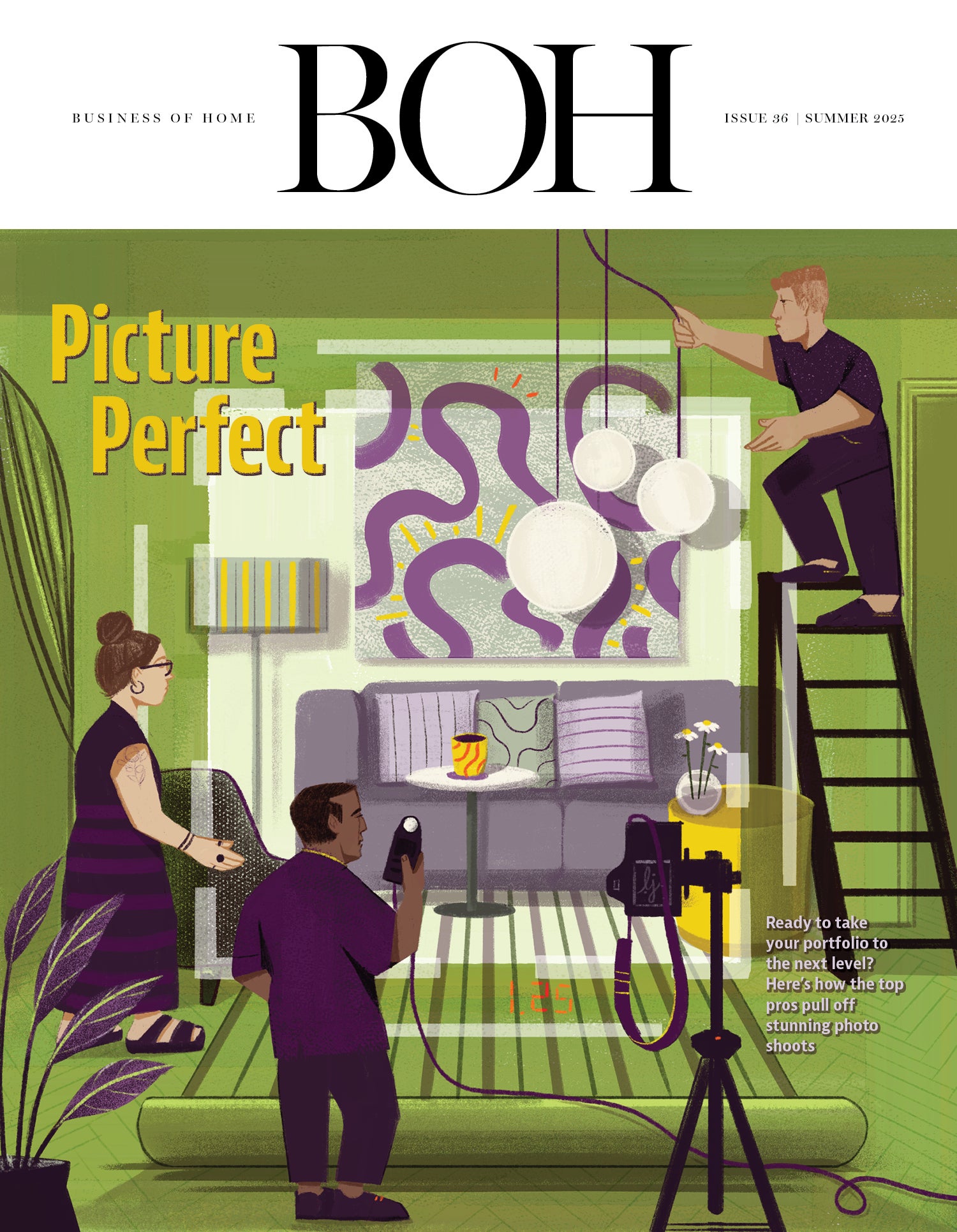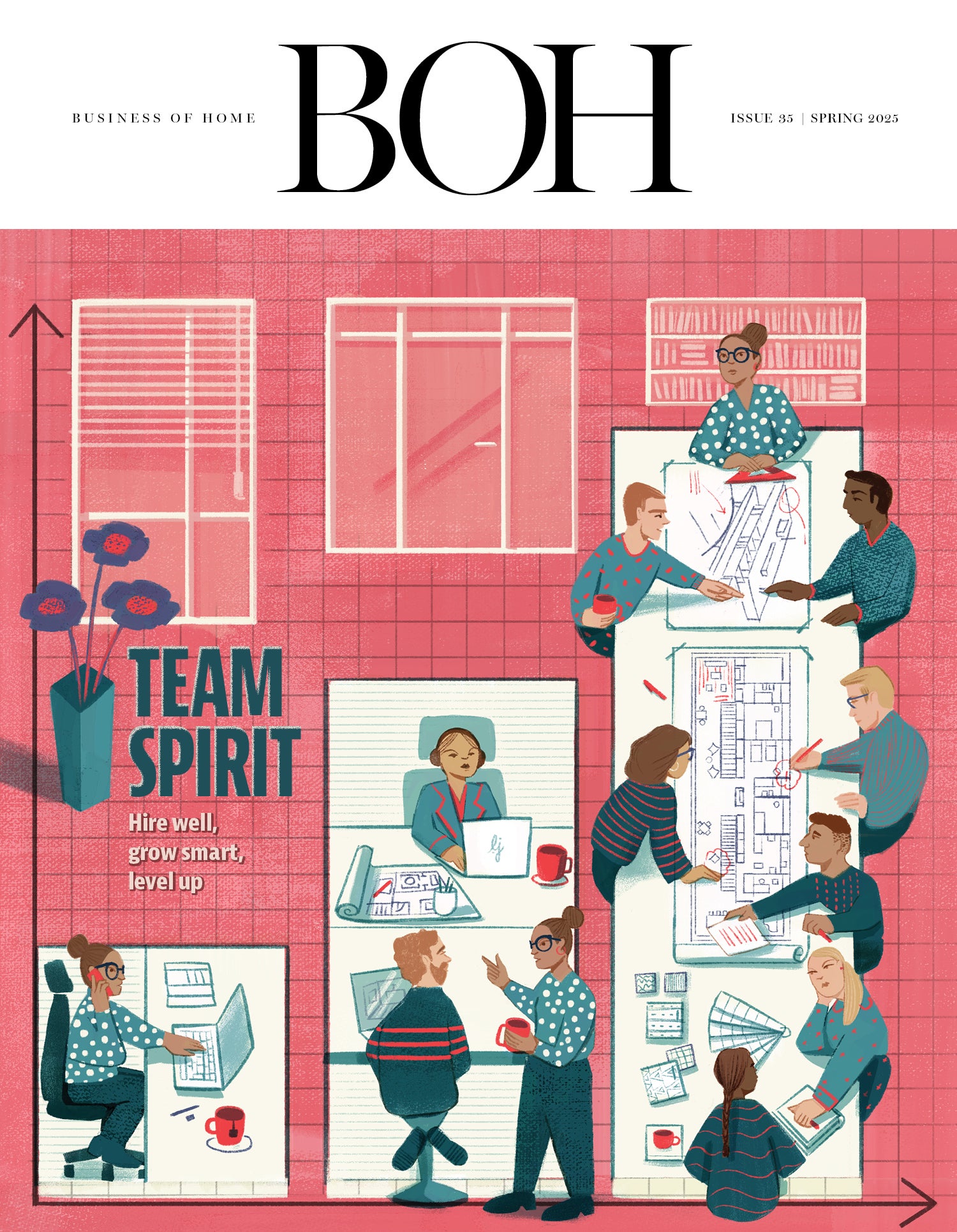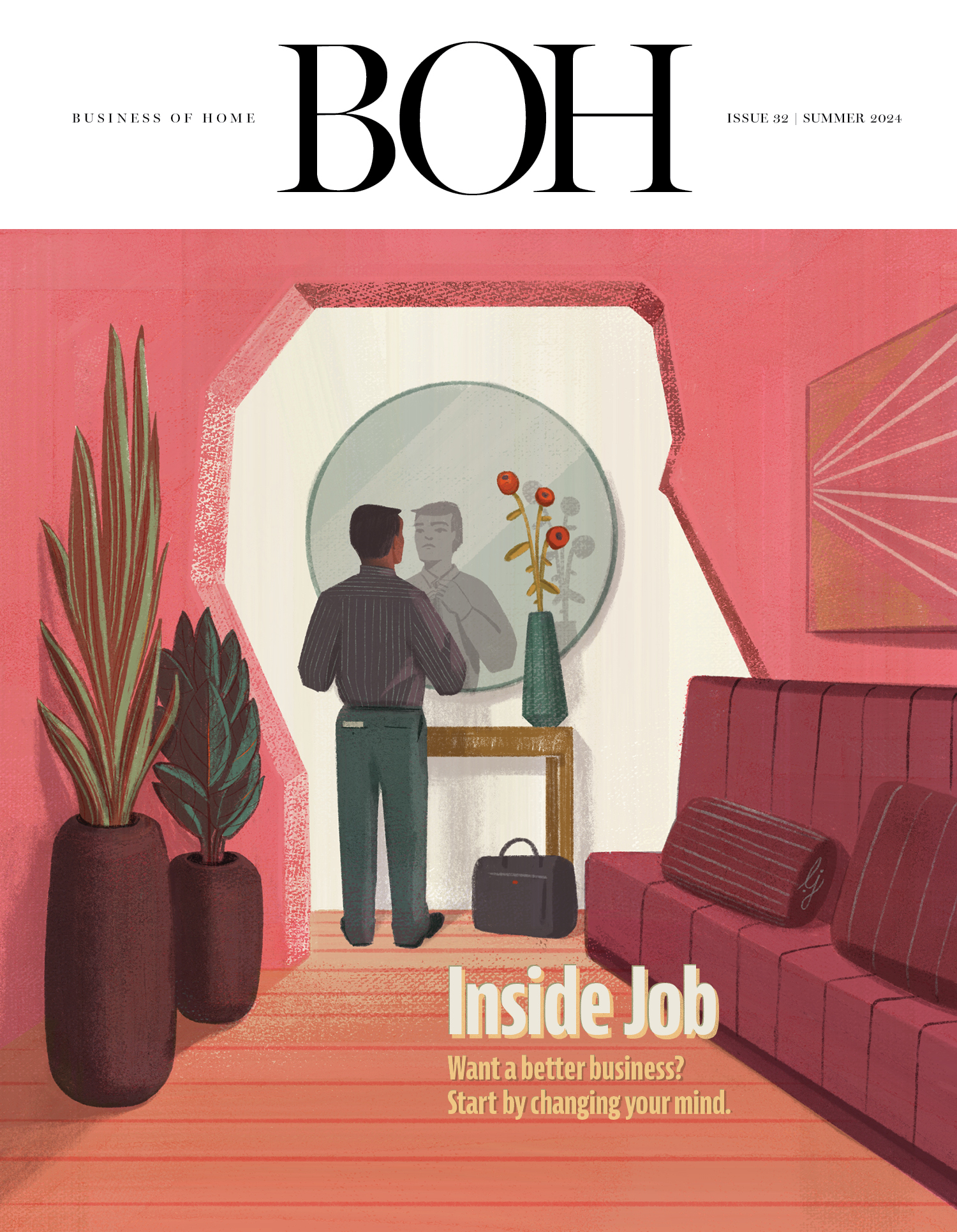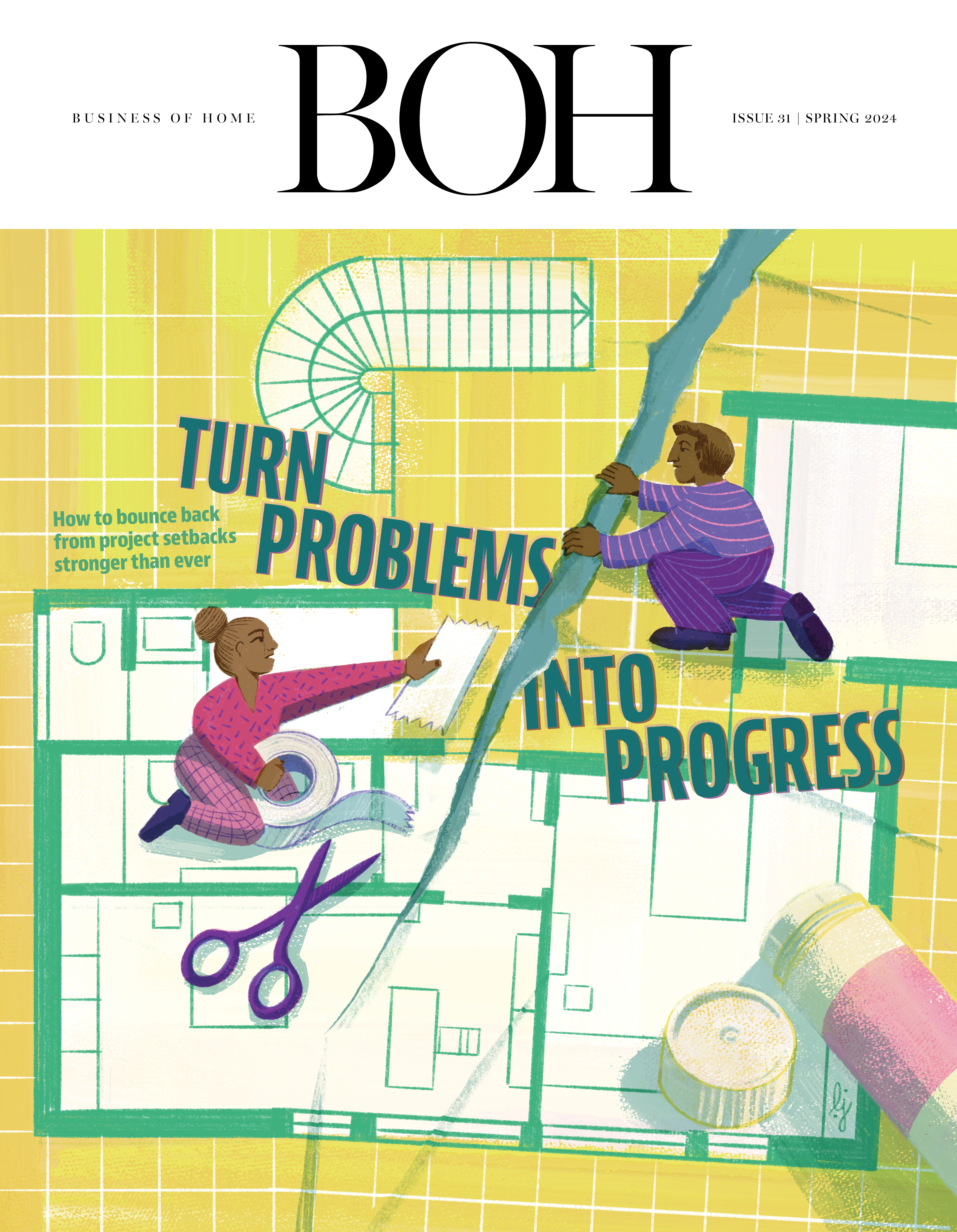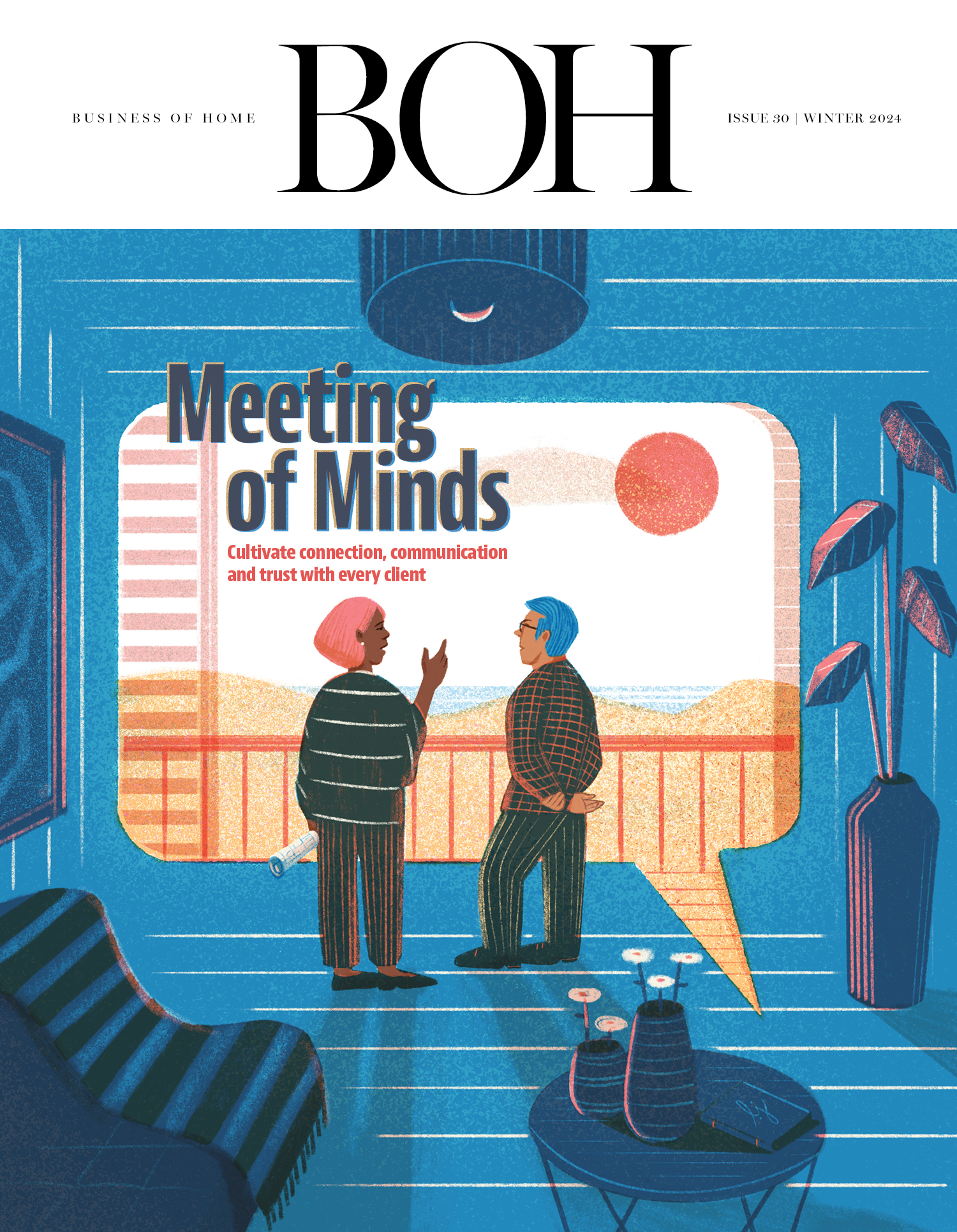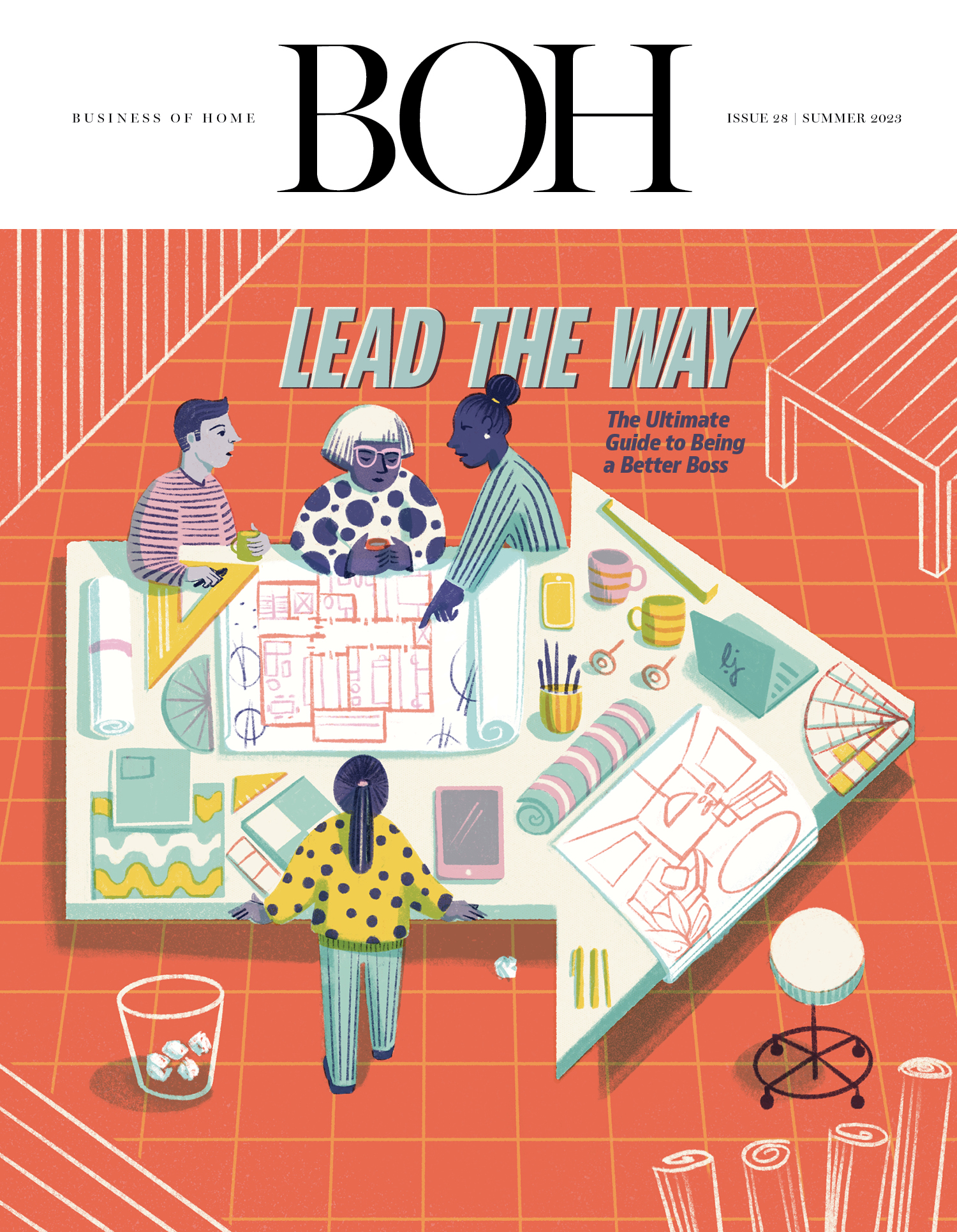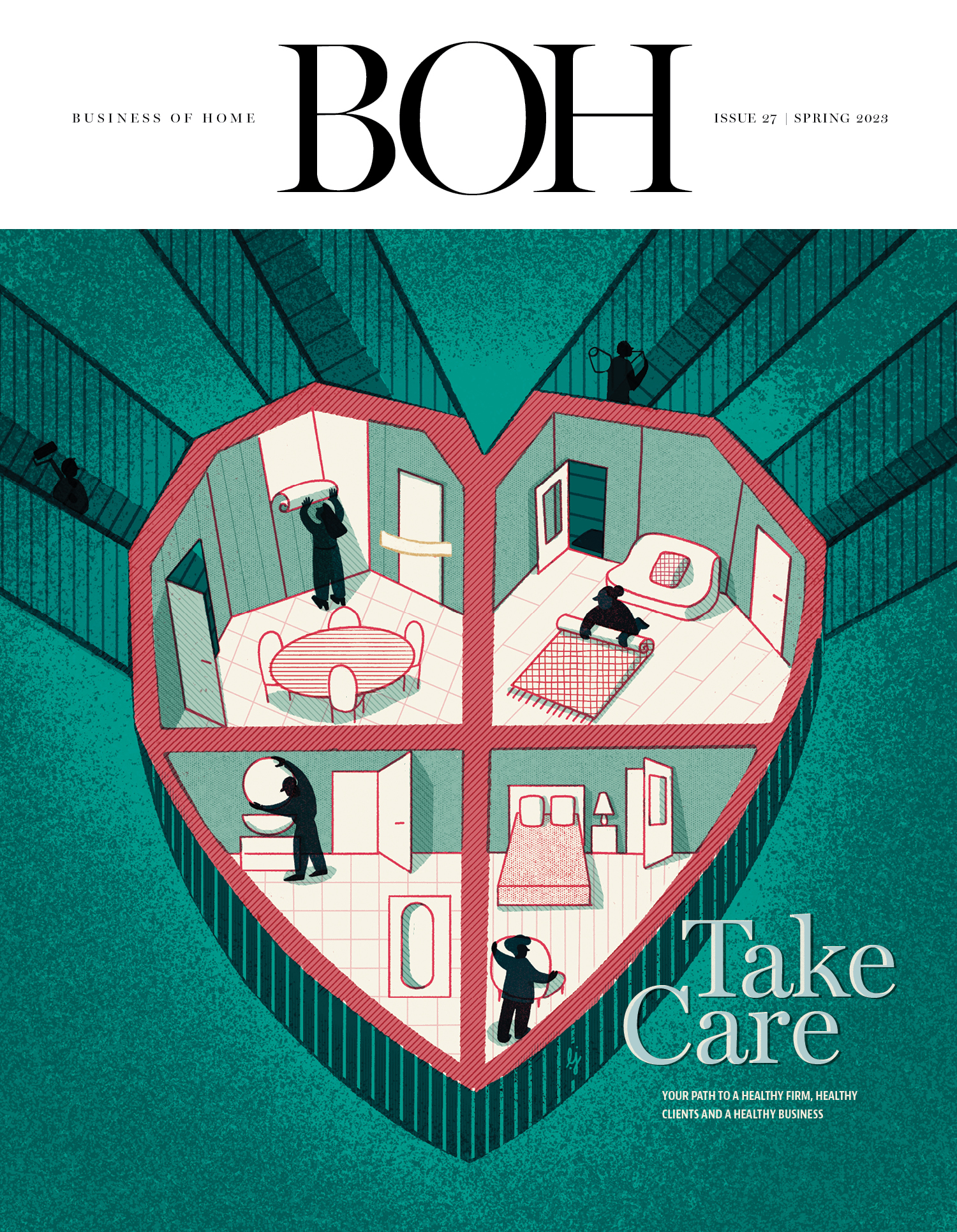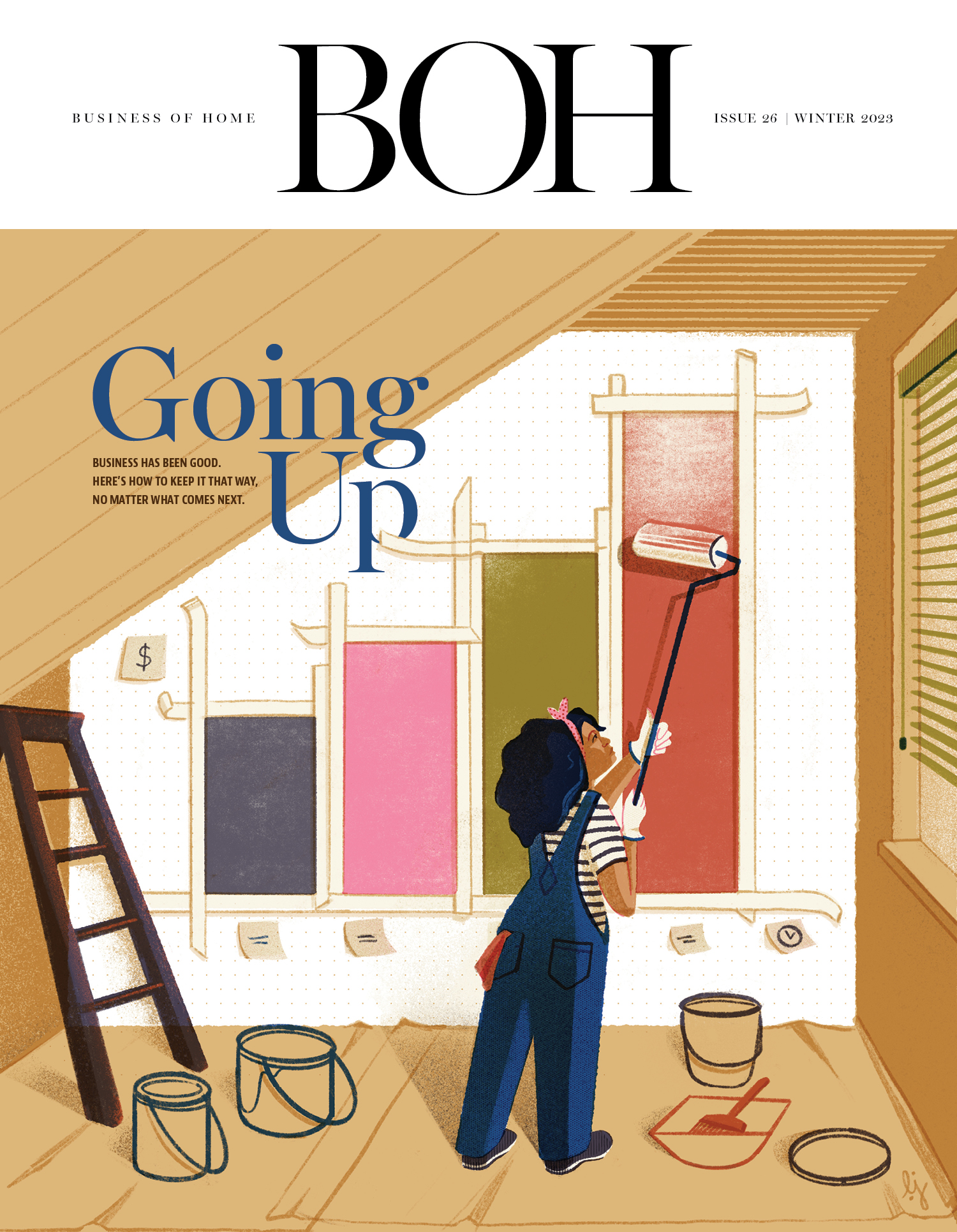Dear Sean,
It seems like our client invoices and purchase orders get more complicated by the day: We’re adding line items for legal fees, credit card fees and now tariffs, among other costs.
What’s the best practice for clearly communicating these ever-changing costs to clients without getting mired in the details or risking misunderstandings?
Money Talk
Dear Money Talk,
Today more than ever, clearly understanding and communicating your role in the purchase and management of design products is critical. Are you the sales agent or the retailer? Either way, defining your role matters for your agreements, but also for the success of your business.
Creating legal provisions about payment of fees might seem like an important first step, but it’s actually a cart-before-the-horse situation: First you have to define your role in the sales process so that it is clear what any theoretical legal process would be about. Otherwise, all the provisions in the world won’t protect you or clear up any confusion about your liability.
Put very simply, design production is about how well you spend your clients’ money. If construction is involved, you might be active in project management and maybe even procurement of some of the construction elements (that is, items like tile or interior finishes). Once the design becomes about furnishings, your firm will largely be responsible for the procurement, storage and ultimate installation of those elements.
Production services—the project management, procurement and installation—are easy enough to understand. How to charge for those services, however, is far less obvious. Some designers charge a flat monthly fee; some bill hourly for the time spent on those tasks; some bill a percentage on purchases (a markup, in industry terms); and some a combination of all of them. In my view, the system that puts designers most at risk of muddying the waters is when they sell a product to the client that is disclosed as either a percentage or an outright sale, and that serves as both a retail markup and compensation for your production services.
Trying to spell out your terms of service and compensation in a legal agreement without providing full clarity as to what the clients’ money is getting them is a fool’s errand.
If you are truly a sales agent, then make it very clear everywhere (for example, in the contract and the purchase order) that this is your role. Therefore, any expenses associated with the purchase beyond the price—taxes, shipping, storage, fees (what I call “friction costs,” which represents all of the expenses necessary to get the item from the vendor to the client’s house)—would be the responsibility of the client. Again, remember: You are paid to spend their money. No matter what, I am vehemently against designers getting paid on friction costs, either by markup or percentage—you can read more about why here.
If part of your work is to also be a retailer for the project—as in, you are actually selling the product directly to your client—then you are just like any other high-end retailer and should have in your agreement or purchase order the same protections they would. In this instance, the friction costs necessary to purchase the product (taxes, shipping, other fees) are always at the discretion of the retailer (hello, Amazon Prime), and should be noted as such.
As someone who reads many, many designer agreements for a living, I can definitely tell you that in far too many cases, the waters remain completely muddy, and the sharks are lurking. How you do that is up to you—I’m a lawyer, but this is not legal advice!—but I will tell you that clarity is by far the wisest choice, and an effort I would undertake yesterday. Things become much easier if it is clear where the money is going when it comes to the services your firm is providing.
____________
Sean Low is the go-to business coach for interior designers. His clients have included Nate Berkus, Sawyer Berson, Vicente Wolf, Barry Dixon, Kevin Isbell and McGrath II. Low earned his law degree from the University of Pennsylvania, and as founder-president of The Business of Being Creative, he has long consulted for design businesses. In his Business Advice column for BOH, he answers designers’ most pressing questions. Have a dilemma? Send us an email—and don’t worry, we can keep your details anonymous.




